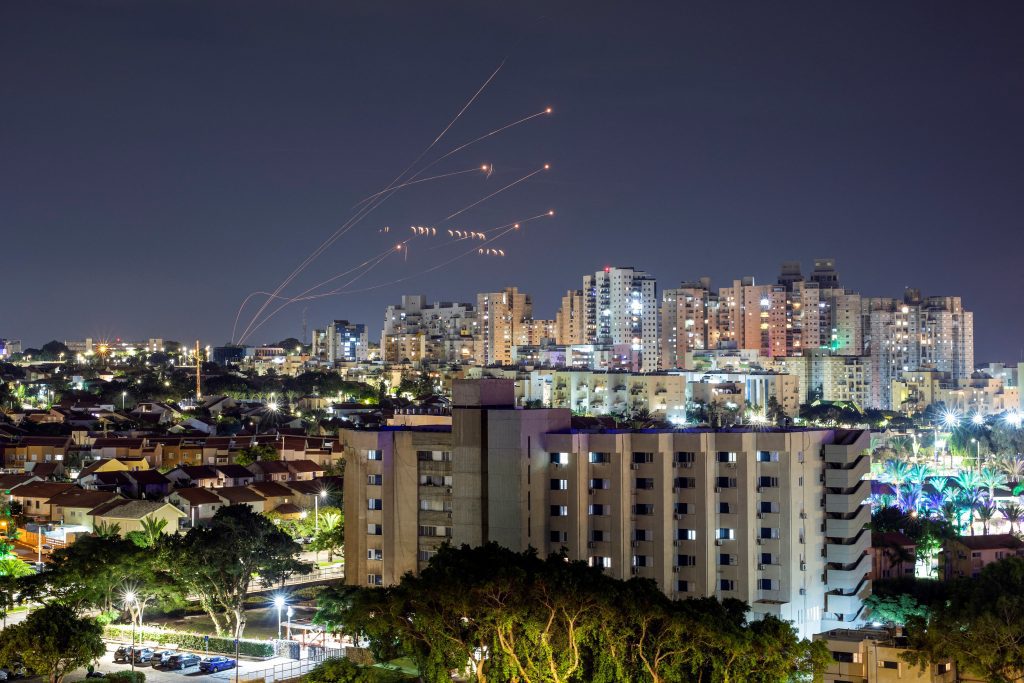
Given the ongoing escalations in the Middle East, specifically surrounding the occupied Palestinian territory, Israel developed the Iron Dome – a missile defense system designed to protect against short-range rocket and artillery attacks.
The Iron Dome has been deployed in response to heightened tensions with neighboring countries, particularly in light of territorial clashes involving Palestinian territories, such as the Gaza Strip, and neighboring countries like Lebanon and Syria.
Purpose, Performance, and Operational Use
The Iron Dome, developed by Rafael Advanced Defense Systems, is a central component of Israel’s missile defense strategy. Its main mission is to intercept rockets, primarily those originating from areas like the Gaza Strip, Lebanon, and Syria, which are perceived as threats to Israel.
The system’s effectiveness relies on a combination of key components:
- Radar Systems: Strategically positioned radar installations swiftly detect incoming rocket threats and provide real-time tracking data.
- Control Center: Manned by highly trained operators, the control center analyzes incoming threat data and determines the appropriate response, including launching interceptor missiles.
- Missile Batteries: Equipped with Tamir missiles, these batteries are tasked with intercepting and neutralizing incoming rockets and artillery shells. The Tamir missiles employ radar homing technology to lock onto and eliminate threats.
Israel claims a high success rate for the Iron Dome, with estimates suggesting an interception rate of around 90%. This system is deployed to safeguard urban areas from rocket attacks. When the system detects a potential threat to populated areas, operators launch interceptor missiles with precision, neutralizing the danger. The system’s ability to engage multiple threats simultaneously and its swift response time enhance its effectiveness as a defense tool.
Global, American Interest
The Iron Dome’s success has generated global interest, with several nations expressing a desire to procure or collaborate on similar missile defense systems inspired by its technology. Not surprisingly, Israel’s biggest ally, the United States has provided financial support to Israel for the development and deployment of the Iron Dome.
But the Iron Dome is not as untouchable as they like you to think.
While the Iron Dome is effective against short-range rocket threats, it has limitations. Its main focus is on intercepting rockets and artillery shells, making it less suitable for countering longer-range missiles or aerial threats. The system comes with relatively high operational costs, which may limit its application as a comprehensive missile defense system for an entire nation.
Inside Telecom provides you with an extensive list of content covering all aspects of the tech industry. Keep an eye on our Tech sections to stay informed and up-to-date with our daily articles.